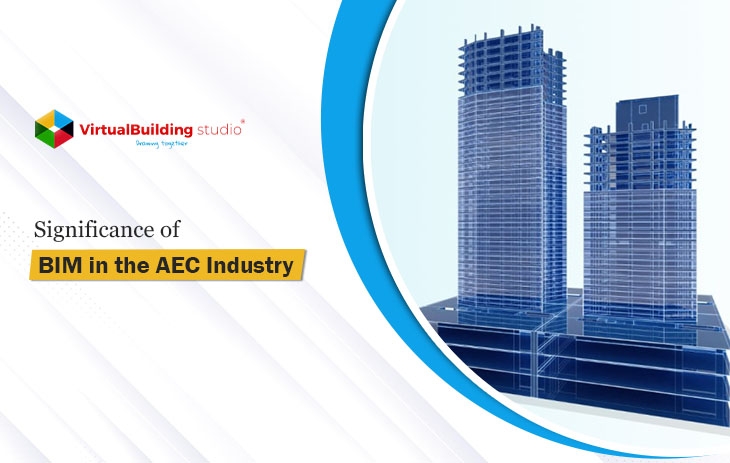
Technological advances are replacing most of the conventional engineering and design techniques these days. Even though these methods are far less monotonous and a lot more advanced providing accurate and precise visual representations, the AEC sector has been quite apprehensive about the intense use of BIM from Concept design till Facilities management.
But it appears that with time, they warmed up to the idea and since then, more and more people have been willing to adopt BIM as a yardstick to measure the quality of construction projects. BIM is now almost mandatory for Construction Management and is having its global footprints across all the continents.
Let us try to enlist a few of the major areas of the construction industry where the BIM is possibly making a huge difference and reasons why more people from the AEC sector need to be open to the idea of technological interventions as opposed to traditional methods.
- BIM helps generate and represent the complete lifecycle of a construction project.
- Along with providing precise 3D models, BIM also plays a major role in simulating real-life conditions and specifications to these representations which are necessary for further optimization.
- Higher resolution and several parameters to modify the model by the needs of subcontractors and vendors in real time simulations.
- The errors in design can be detected and rectified earlier on.
- Easy storing and retrieving of information.
- Easy to access, modify and develop.
- Cost-effective.
- Reduced period.
- No room for errors either fundamentally or functionally.
- Improved Communication and Collaboration.




